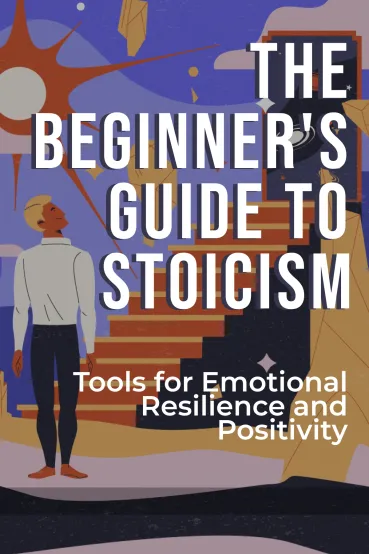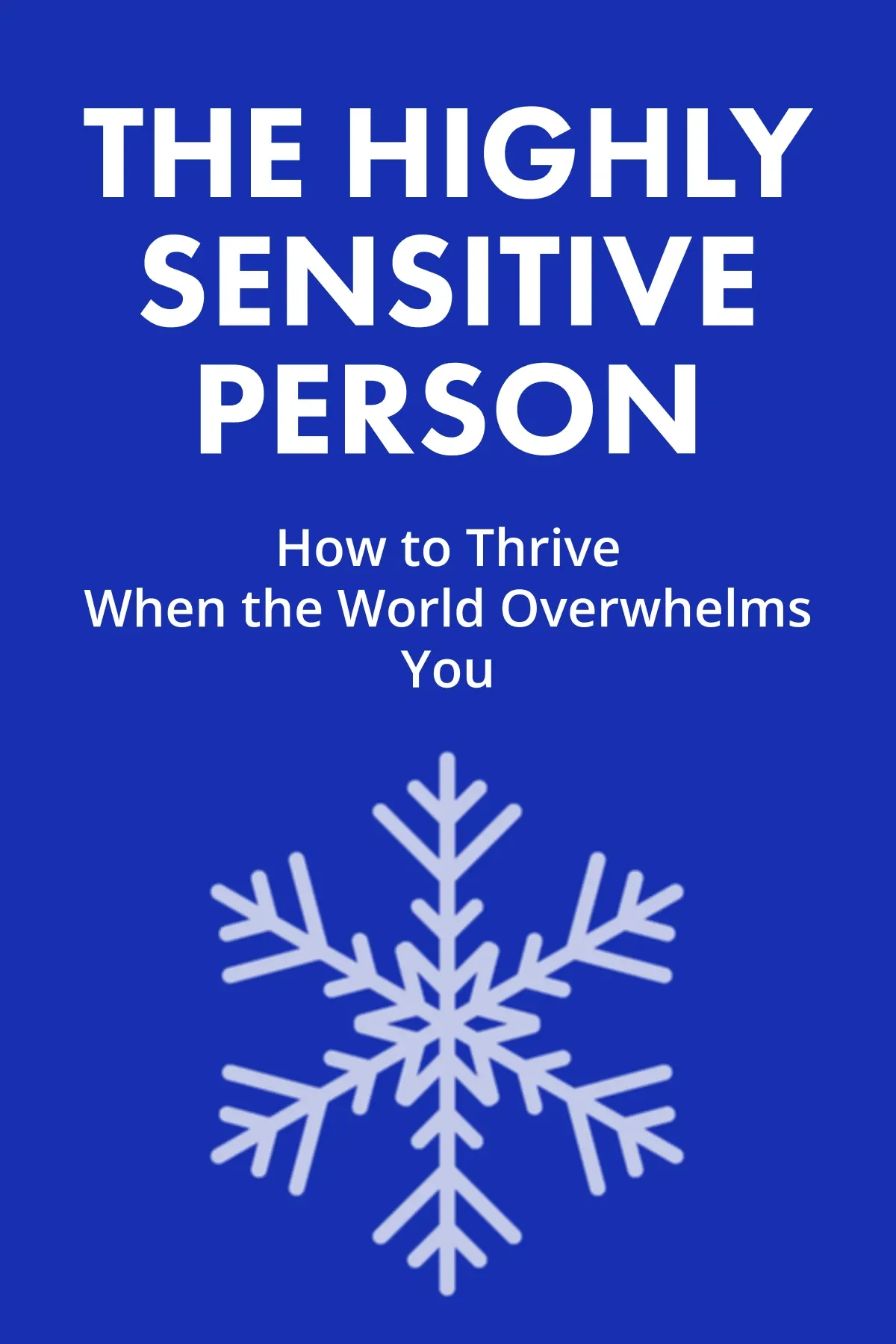
The Beginner's Guide to Stoicism
Brief Summary
Do you want to know practical strategies for inner peace, resilience cultivation, and virtue in the face of life's challenges? If yes, “The Beginner's Guide to Stoicism” is what you need. Matthew Van Natta and his deep exploration of Stoicism will help you discover how Stoic principles can lead to lasting fulfillment, meaningful relationships, and a profound sense of purpose in today's world.
Topics
Key points
Key idea 1 of 8
Stoicism is a philosophical school that originated in ancient Greece and spread to Rome. The main idea of Stoicism is achieving a meaningful life through virtue, a sound mind, and focusing on the aspects a person can control. At its core, Stoicism advocates for wholesome aspirations and emotional fortitude cultivation. People often misunderstand the essence of this philosophical movement, thinking it propels passive resignation and emotional repression. In fact, Stoicism helps to accept reality and embark on everyday difficulties with a clear and focused mind.
The originator of Stoicism was Zeno, a philosopher from Citium. He taught that the key to a good life is harmony with others, personal tranquility, and growth. The word “stoicism” comes from Stoa, a covered pathway where Zeno and his disciples engaged in philosophical discourses. Stoicism flourished for half a millennium in ancient Greece near 300 BCE before slipping into the shadows. Today, we see it reemerging once again.
After appearing in Greece, Stoicism journeyed to the Roman Empire, where it was adapted by Marcus Aurelius, Seneca, and Epictetus. These eminent Roman philosophers wrote numerous texts to capture the basic concepts of Stoicism. With time, their works became a valuable historical heritage. Stoicism relegates the theoretical realms, such as physics and logic, to the background, putting ethical conduct and pragmatic implementation first.
The Stoicism we see now has adapted for people of different religions, backgrounds, and financial status. It prompts introspection, teaching us to face challenges with calmness and ethics. Stoicism asserts that every individual possesses the potential to build a life rich in wisdom and virtue. Stoic practice entails a self-examination journey and a relentless pursuit of personal excellence no matter what. Because of its focus on mental clarity and emotional balance, Stoic principles are used in therapeutic methodologies like Cognitive Behavioral Therapy.
Through the Stoicism principles, one can find an emotional equilibrium and determination to overcome life's challenges. This unique philosophical direction nurtures resilience, ethical conduct, and personal development. Stoicism inspires individuals to pursue meaningful goals, leaving a positive imprint on the world.
You may also like these summaries











